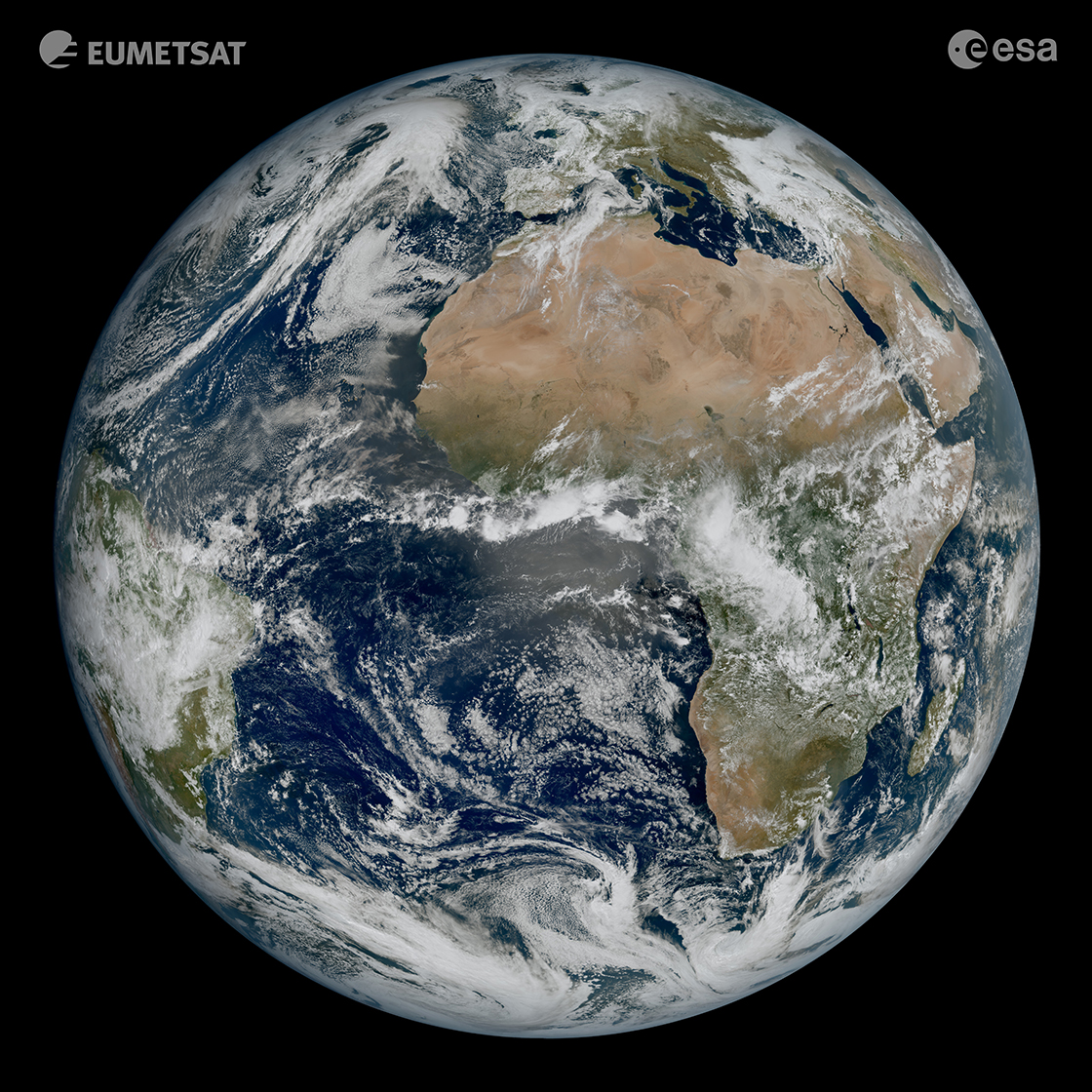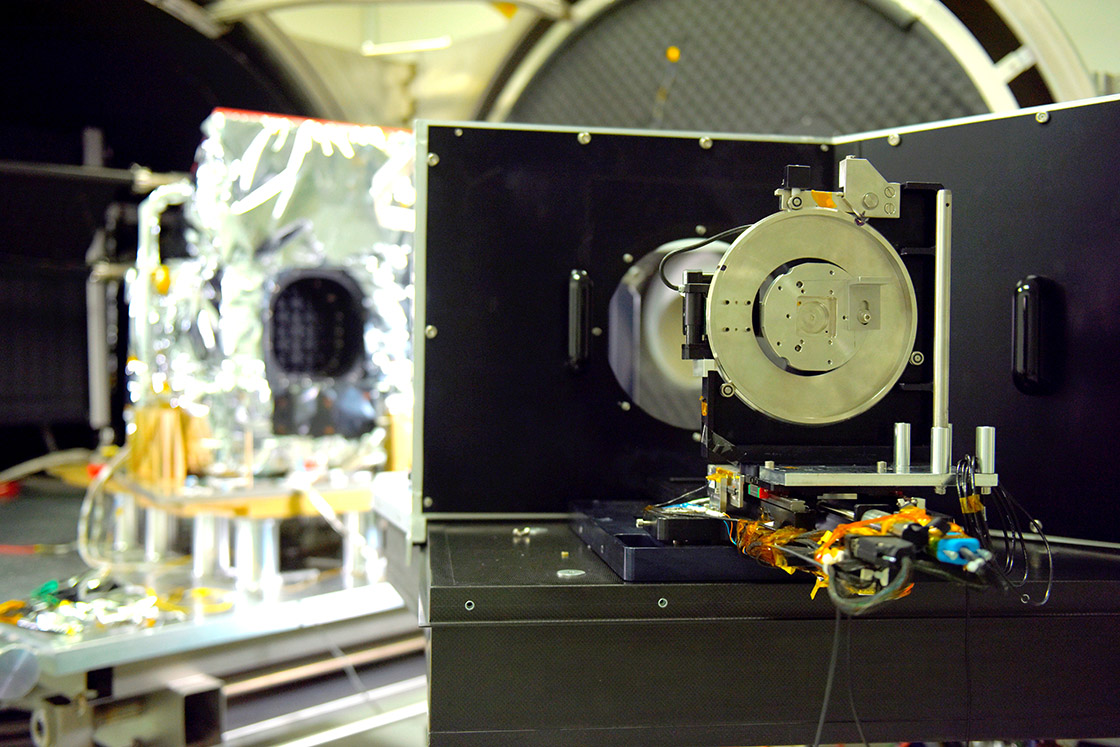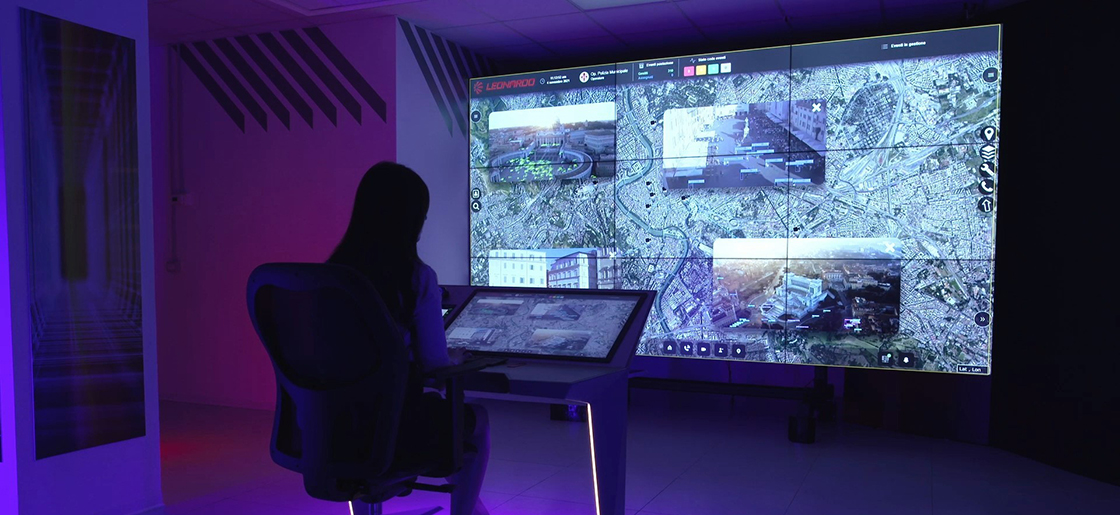To be able to safeguard and protect our planet, cities and people, it is crucial to monitor and analyse information and data from a diverse range of contexts: from natural resources to human activities, and from the impacts of climate change to the effect of humans on the environment.
In a dimension that is so broad and exposed to so many risks, the approach to observation must be based on full exploitation of any information received because correlation of data offers a deep understanding of the phenomena at work.
Current technologies now enable us to build a complete, precise, up-to-date and easily accessible picture across all operational scenarios, including land observation, protecting cultural heritage, border control, agriculture, maritime surveillance, and managing emergencies or major events. These technologies span communication systems, platforms (piloted or otherwise), sensors, satellites and control rooms with the ability to process data received so that it can be shared and used effectively.
Springing from research and development, as well as from international partnerships and collaborations, Leonardo's solutions and services for global monitoring contribute to the planet's sustainable development from an economic, social and environmental perspective. These technologies draw on artificial intelligence and big data analysis to transform our everyday lives, today and in the future.

First image of the full Earth disc from the Meteosat Third Generation Imager, © EUMETSAT/ESA
The role of Space
The space technologies and services developed by Leonardo and its joint ventures Telespazio (Leonardo 67%, Thales 33%) and Thales Alenia Space (Thales 67%, Leonardo 33%) play a central role in integrated global monitoring solutions and are a key resource in observing the health of the planet.
Satellites, and Earth observation satellites in particular, ensure continuous monitoring of both vast stretches of land and of more limited geographies, providing detailed data at the local level. They generate a pool of information that enables the creation of detailed maps of terrain – developed by Leonardo through e-GEOS (Telespazio 80% and ASI 20%) – that support targeted prevention and intervention.

Flood status survey map, 22 May 2023, at Forlì (FC) - Source: COSMO- SkyMed
Map produced by ITHACA released by e-GEOS on the 24/05/2023
By integrating satellite data with other information from technologies such as radar, sensors and drones, it is possible to obtain a real-time overview of the health of the planet and particular areas of land. Consider, for example, COSMO-SkyMed, PRISMA (HyperSpectral Precursor and Application Mission), and the Sentinel satellites of the European Copernicus programme. They allow us to observe the melting and movement of glaciers, spillages of hazardous substances that could harm marine life, rising sea levels, water and land consumption, pollution, illegal deforestation, volcanic eruptions, the effects of climate change, and the hole in the ozone layer. By 2026, all of these capabilities will be further enhanced by IRIDE, Europe's largest Earth observation space programme, which looks set to expand the range of geo-information services currently available.

Artistic impression IRIDE ©SITAEL
Sensors make a fundamental contribution to such activities, and many of these came to life in the laboratories of Leonardo. Using electro-optical technology, these “satellite eyes” – a jewel in the crown for the Group – enable Earth observation in the visible to infrared spectrum: they include the Lightning Imager, which is able to detect lightning at a distance of 36,000km both day and night, for more accurate weather and climate change forecasts; the ESA Aeolus mission’s laser transmitter for the study of winds; and the FLEX spectrometer, capable of measuring the photosynthesis of plants, from an altitude of around 800 km, to gauge the health of vegetation.

Hyperspectral sensor on board PRISMA
The focus is not only on geo-observation but also analysis of the chemical-physical composition of an area or object: this is the mission of hyperspectral instruments like those built for the PRISMA satellite, which enable the detection, for example, of illegal waste dumps, areas at risk of fire, or micro-algae that are invisible to the human eye. These technologies will also be of strategic importance in the PRISMA Second Generation and the future IRIDE constellation.
Synthetic Aperture Radars (SAR), like those on board the COSMO-SkyMed Earth observation satellite programme for civil and military use, enable round-the-clock Earth observation and provide ultra high-resolution images in all weather conditions.


